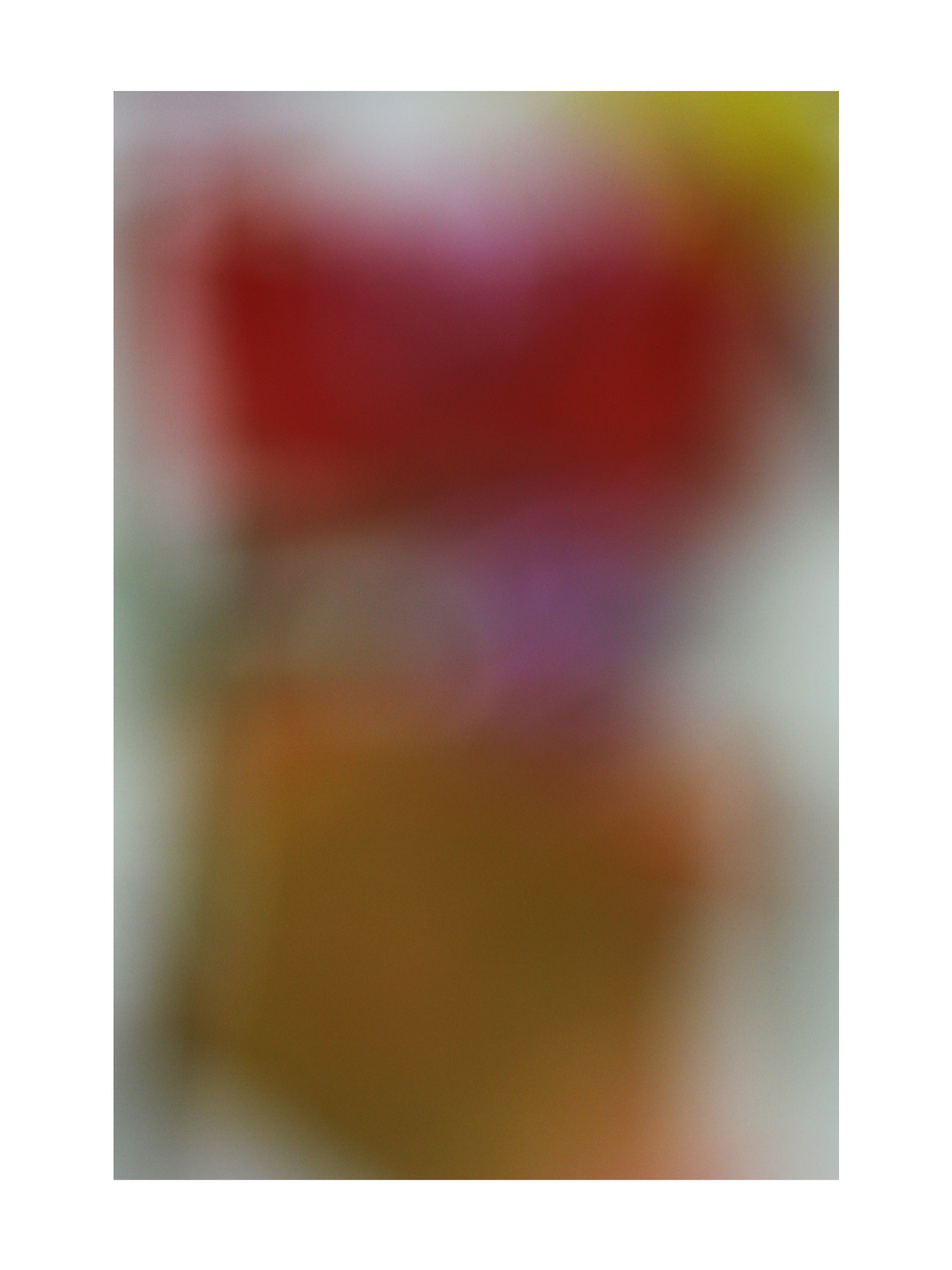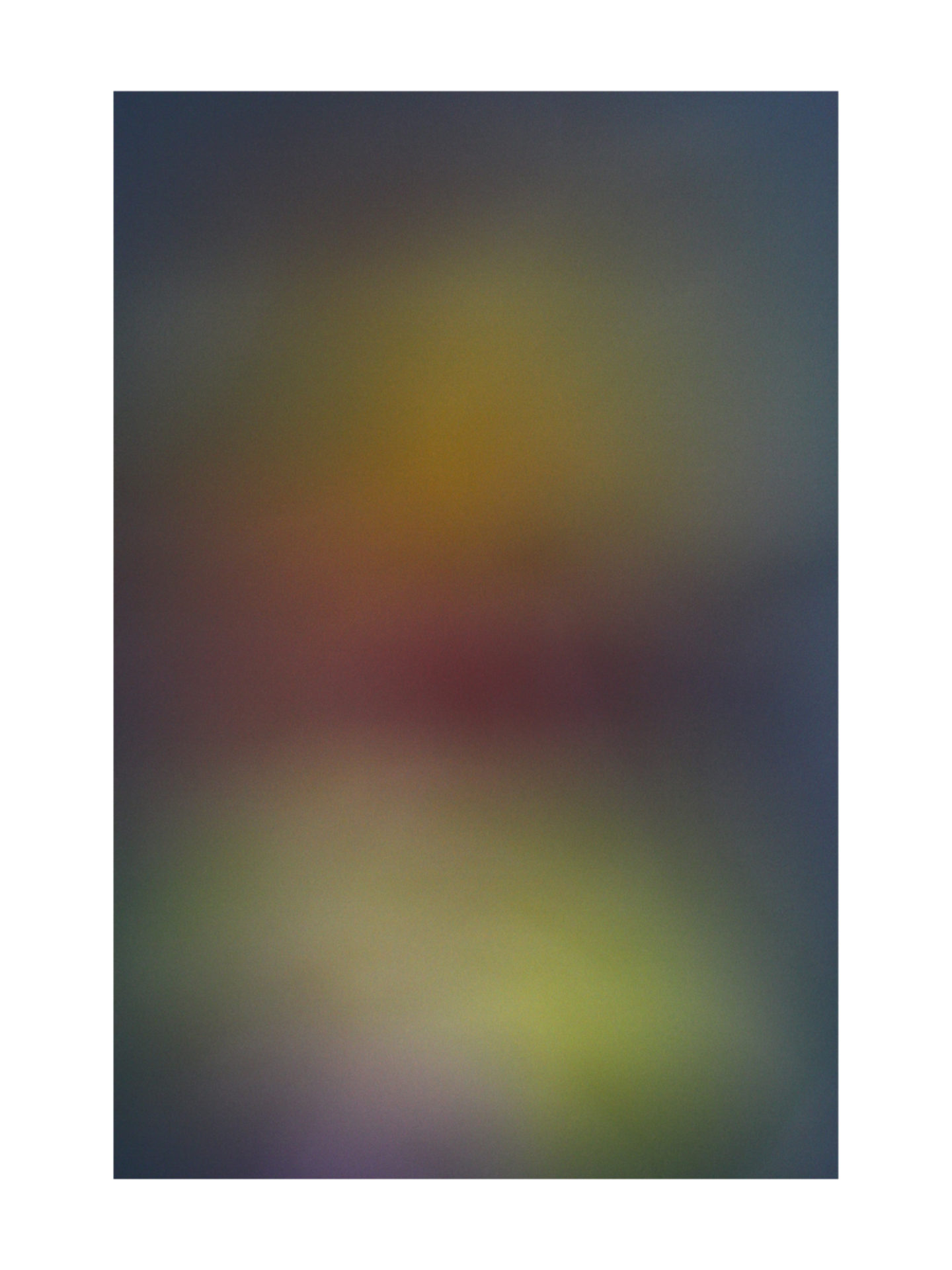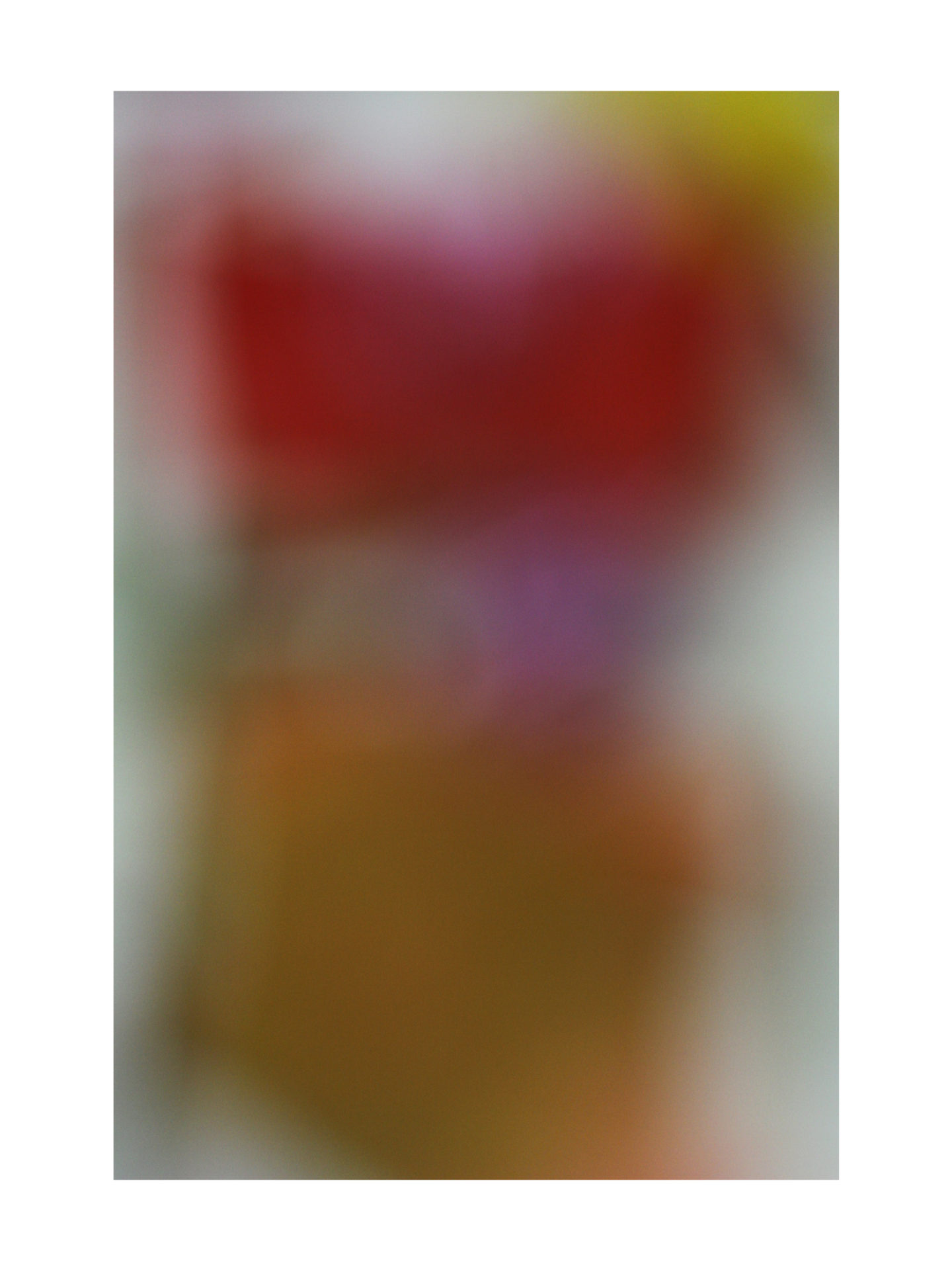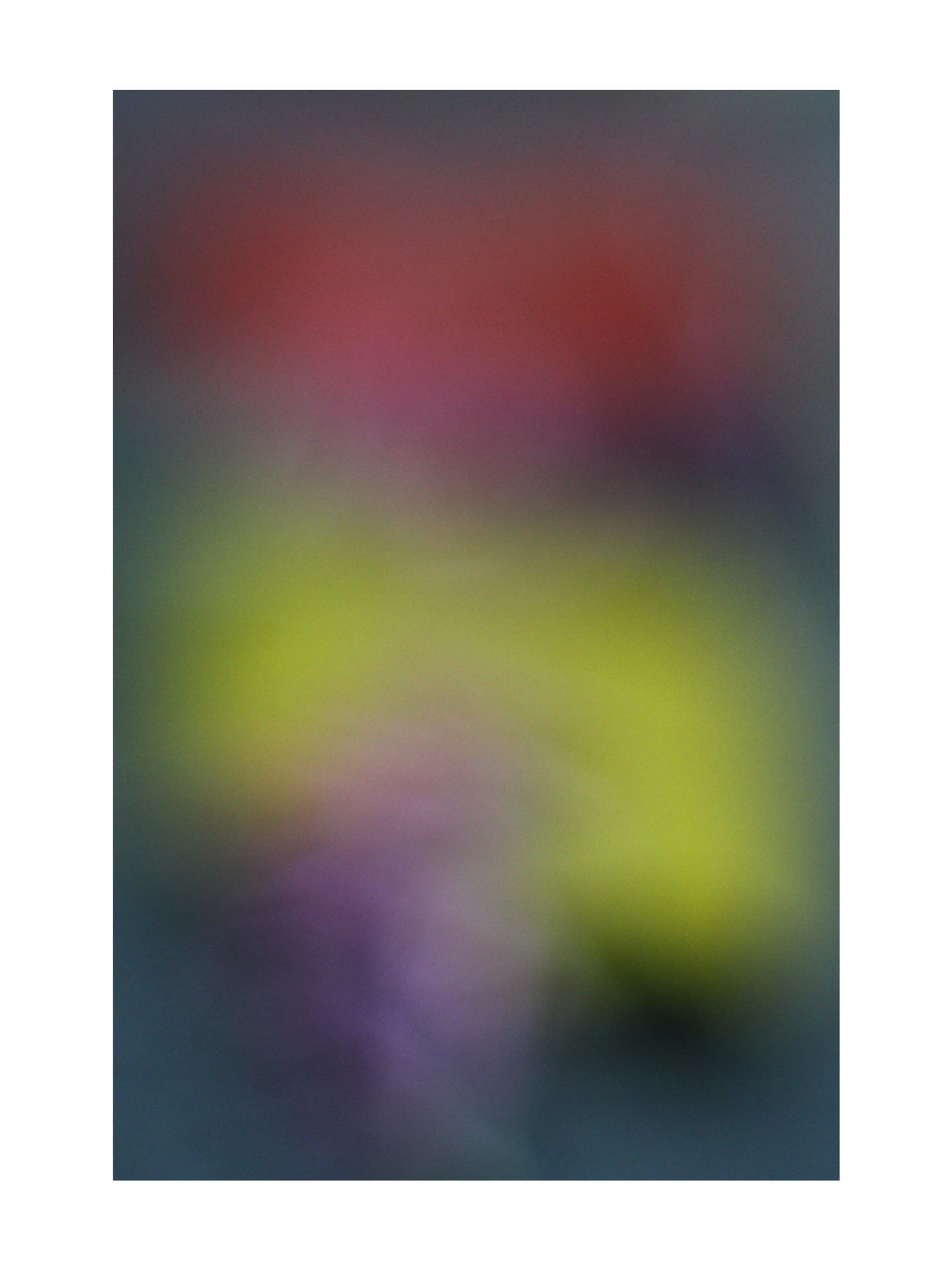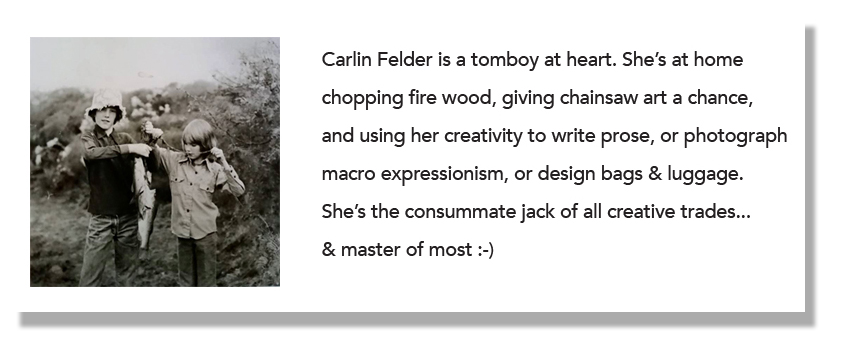Who is a Macro Expressionist Photographer and What do Macro Expressionists Photograph?
A Macro Expressionist Is…
As artists, we create what we think looks good, or some of us make what we think is appropriate given our environment. Some artists don’t really care what people think and just create what emanates from their soul.
Regardless the motivation, artists usually start creative projects with a point of view. Our point of view either gets trained out of us or encouraged, depending upon our teachers and their agendas toward art education.
As a photographer, I spent time trying to let myself feel comfortable photographing the types of images I preferred. They weren’t the usual macro photography style of tack-sharp photos of bugs, butterflies and flowers. Most macro photographers delete the accidental stuff I like and work hard to create because they don’t like the accidents – just the tack sharp images.
Abstractions with blurred focus, non-representational subject matter or even unattractive subject matter are the first to go from most photographer’s SD cards. These photography “accidents” became my preferred style, and I named the style Macro Expressionism.
What is Macro Expressionism?
Macro Expressionism photography represents the world from a subjective, abstract point of view. Macro Expressionists create non-representational images of color, blur, movement and shape.
One way to achieve this is by creating opportunities for calculated accidents, which transform the subject matter from sharp to blurred.
The idea is to create an image that conveys feeling, atmosphere, mood or a point of view that a representational photograph doesn’t. The goal of Macro Expressionism is to create, not replicate. The abstract image is a coalescence of the Macro Expressionist’s process of discovering content and the ability to overcome the limitations of the camera.
The Macro Expressionist photographer’s viewfinder becomes the “arena in which to act.”
This is like the description art critic Harold Rosenberg gave American Expressionist “Action” painters in the 1950’s:
“The painter no longer approached his easel with an image in his mind; he went up to it with material in his hand to do something to that other piece of material in front of him. The image would be the result of this encounter.”
The Macro Expressionist photographer advantageously uses the lens to create action oriented visual accidents. The camera acts like the paint brush making abstractions in pixels or on film.
The camera alters the perspective of tone, form, shape, color and line. It foreshortens images and selectively focuses on random details. The eye can’t naturally create blur or color distortions that a Macro Expressionist photo represents, so pre-planning the content of a Macro Expressionist photo isn’t necessarily possible.
An Influence of Photography on Art
Aaron Scharf describes in his book Art and Photography, 1968, in detail how photography influenced the perspective of fine artists starting with Impressionism through Cubism to the era of Abstract Expressionism. Monet, for example, in the Boulevard des Capucines (1873), painted the street scene as a photo might have captured it. Bodies were blurred, legs painted in movement instead of standing
still.
The human eye doesn’t have the ability to see or capture blurred movements as a camera with a slow shutter speed does. Photographic imagery making its way into the art world affected the depiction of action and figures in fine art. Instead of being primarily static images, images became selectively blurred. Legs in movement were blurred. Ghost-like images of a horse or carriage moving were painted the same as the photograph interpreted them.
Fine artists used photographs as static references for their artwork, and they took the element of blur from photographs and depicted their subjects with the same visual effect.
How does this relate to Macro Expressionism’s idea of emphasizing nonrepresentational subject matter?
Photography influenced painting and drawing toward more abstract subject matter over the decades following its introduction. Abstract painting evolved from Impressionism, Cubism and has been influenced by photography.
The development of Macro Expressionism is a result of my preference for abstract art over realistic subject matter. Artists such as Rothko and Color Field painters moved away from realistic imagery to color and form as their subject matter. Anatomy, street scenes, and pastoral images disappeared from their work. In the same way, my goal as a Macro Expressionist is to make my photos depict non-representational subject matter or color field-type images as much as possible.
The role of abstract art on Macro Expressionism can be seen not only in my work but in the work of other artist photographers who choose to depict shape, form, color and line expressionistically—not simply “photo-realistically.”
There is no right or wrong way to approach abstract macro photography. Macro Expressionism isn’t bound to technique like hyper-realist macro photography, nor is it limited by the equipment one chooses.
It isn’t the process of framing a tiny bug and taking the sharpest, most well-lit photo possible.
When I take photographs, I move my lens under the object to get images from a viewpoint I don’t normally see. I create color field images, which emphasize shape, form, line, depth of field, negative and positive spaces in abstraction.
Macro Expressionism is a way of approaching photography that relies more on the artistic interpretation of the object and less on the technical details of setting up the shot. Distortions of color, shape, line and form are encouraged. It’s the photographer’s right to interpret the world as she sees fit.
Need more inspiration? Brooks Jensen will inspire your work. Pick up one of his books to elevate your photography mind!
